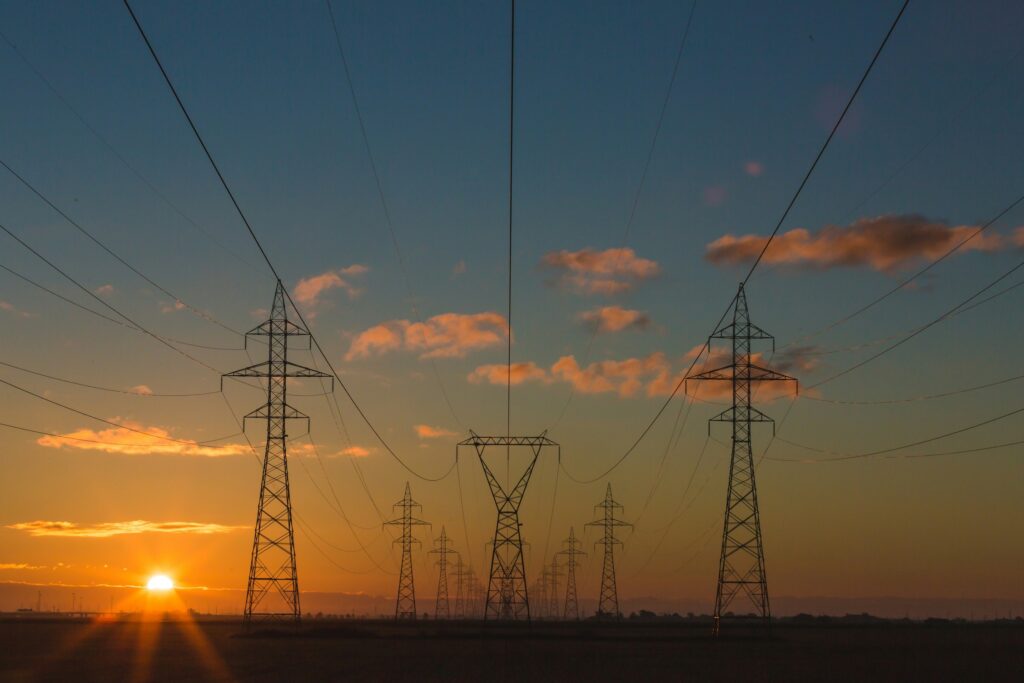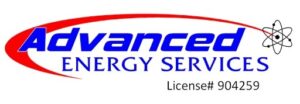California Title 24 Lighting Standards
Introduction
California’s Title 24, officially known as the California Building Energy Efficiency Standards, sets stringent requirements for lighting in both residential and commercial buildings. These standards aim to enhance energy efficiency, reduce greenhouse gas emissions, and promote sustainable practices. In this detailed article, we’ll explore the key aspects of Title 24 lighting, including its impact on residential and commercial spaces, compliance requirements, and practical examples.


Residential Lighting Requirements
All permanently installed luminaires in residential buildings must be high efficacy.
Permanently installed lighting includes fixtures attached to walls, ceilings, or columns, as well as track and flexible lighting systems1.
Title 24 mandates specific lighting controls to optimize energy usage:
Vacancy Sensors: Install at least one vacancy sensor in bathrooms, garages, laundry rooms, and utility rooms.
Multilevel Lighting Controls: Implement controls that allow users to adjust light levels based on their needs.
Automatic Shutoff Controls: Ensure lights automatically turn off when not in use.
Automatic Daylighting Controls: Integrate sensors that adjust artificial lighting based on available natural light.
Demand-Responsive Controls: These controls adapt lighting based on occupancy and other factors2.
New light source categories have been added to Title 24:
Step Lights and Path Lights: Now included in the same category as night lights.
Integral Light Sources: Light sources integral to drawers, cabinets, and linen closets are regulated. If they exceed 5 watts or emit more than 150 lumens, they must comply with high-efficacy requirements and be controlled by a vacancy sensor.
Marking Update: Light sources meeting the 2019 JA8 performance requirements must be marked accordingly3.
Commercial Lighting Requirements
On average, indoor lighting power allowances have been reduced by 37% for the Complete Building Method and 29% for the Area Category and Tailored Method.
Outdoor lighting power allowances have also decreased by an average of 23%.
These reductions assume that all new construction, alterations, and additions will use LED lighting technologies by January 1, 20203.
New PAFs encourage the use of clerestory fenestration, horizontal slats, and light shelves.
Existing PAFs from the 2016 Energy Code remain as options, resulting in a total of seven PAFs3.
The trigger for all alterations is now 10% of the luminaires serving an enclosed space.
Three paths to compliance exist, sharing universal exemptions and clear-cut requirements3.

Examples of Compliance Measures

Residential Example
A newly constructed home installs LED recessed lighting throughout the living room, kitchen, and bedrooms. Bathroom lights are controlled by vacancy sensors, ensuring they turn off when not in use. The home complies with Title 24’s high-efficacy requirements.

Commercial Example
A retail store undergoing renovations replaces outdated fluorescent fixtures with energy-efficient LED track lighting. Multilevel controls allow the store to adjust lighting levels based on different areas and activities. The store meets the reduced indoor lighting power allowances while maintaining visual appeal.
Conclusion
California Title 24 lighting standards play a crucial role in shaping energy-efficient buildings. Whether you’re a homeowner or a business owner, understanding these requirements ensures compliance, reduces energy costs, and contributes to a sustainable future. By embracing high-efficacy lighting and smart controls, we can illuminate our spaces while minimizing environmental impact.
